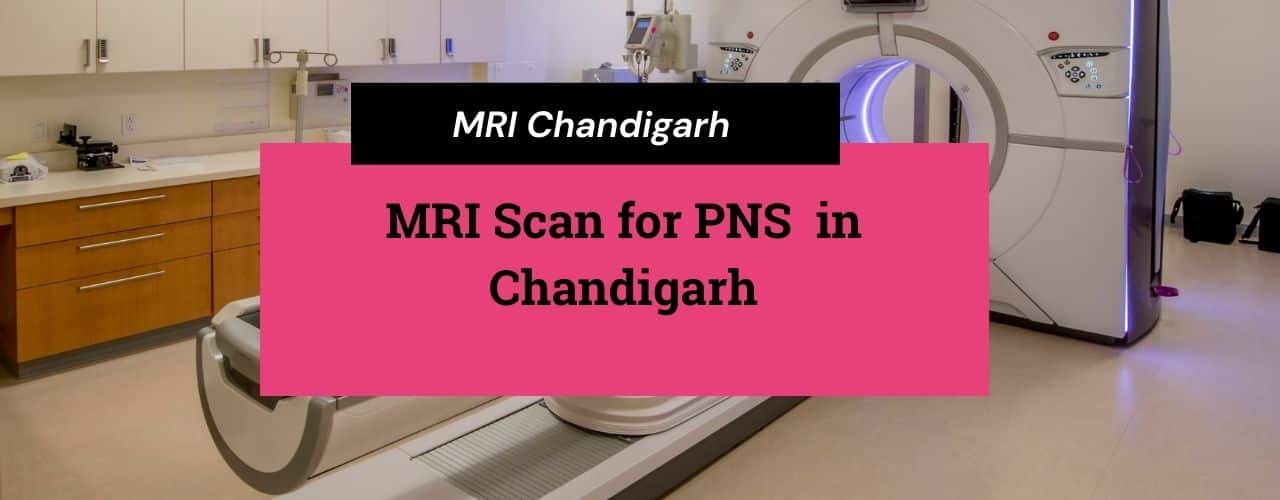Damage to the peripheral nerves causes peripheral neuropathy. As well as the hands and feet, it may affect any part of the body. Throughout your body, the peripheral nervous system relays information from your central nervous system. Traumatic traumas, infections, metabolic issues, and heredity may all cause damage to these nerves. Autonomic nerves may be compromised in certain instances as well, resulting in a unique set of symptoms.
The extremities may be numb or painful for those with peripheral neuropathy. A stinging, burning, or tingling sensation is a common description of the discomfort. Peripheral neuropathy may be treated with medications, and many individuals find that their symptoms improve over time when the underlying cause is corrected.
Symptoms of peripheral neuropathy
Peripheral neuropathy symptoms fall into two categories: acute and chronic.
Typical Peripheral Neuropathy
- Peripheral neuropathy begins with tingling, numbness, or pain in the hands and feet that may extend to the legs and limbs
- Patients may experience pain that is stabbing, stabbing, throbbing, freezing, or scorching
- It’s conceivable that patients will be very sensitive to touch, even in the numb regions, although this isn’t certain
- When coordination and balance are compromised, the risk of tripping and falling increases
- If the motor nerves are damaged, patients may have muscular weakness or paralysis
Peripheral neuropathy with autonomic nerve involvement
- Heat sensitivity or altered sweating is common in patients with autonomic nerve involvement
- These individuals may also have issues with their bowels, bladders, or digestive systems
- Problems with the autonomic nervous system may be causing your dizziness or lightheadedness
Magnet resonance imaging of peripheral neuropathy
Using a strong superconducting magnet, MRI modifies the magnetic field around the subject. The kind of pulse sequence affects the type of magnetic resonance image produced.
Radiographers use suppression techniques in MR neurography, or peripheral nerve imaging, to hide blood vessels, fat, and muscle. Being so little (less than a centimeter in diameter), this is vital. They frequently run alongside blood vessels, making differentiation difficult. A pinching sensation may occur anywhere in the nervous system.
The most often used 2D FSE Dixon sequence and a 3D-volumetric version of STIR imaging are for scanning peripheral neuropathy. Both are available commercially under various names. However, with this imaging, any sequence may be used.
Parallel imaging in the 3D-volumetric STIR process speeds up imaging while preserving image quality. This technique allows you to generate a 3D image of an area of interest that indicates how many specific components are included, reducing the number of pictures needed compared to 2D STIR. STIR stands for short T1 inversion recovery. STIR is often used in MRI images to decrease fat visibility. This helps researchers studying peripheral neuropathy see the body’s nerves. Combining these two techniques improves the signal-to-noise ratio (SNR), allowing for more detailed images.
The 2D FSE Dixon method is helpful in neurography because it improves water and fat separation to image the regions of interest. The method uses a fast spin-echo two-point Dixon sequence to produce a 2D image. A two-point acquisition lowers scan time while maintaining SNR.
Both the 2D FSE Dixon and the 3D-volumetric STIR methods provide data in two dimensions regarding a patient’s neuropathy. If the results indicate a condition that can be treated, the patient may benefit from the medications prescribed by their doctors. This may help many individuals with peripheral neuropathy.

Comments